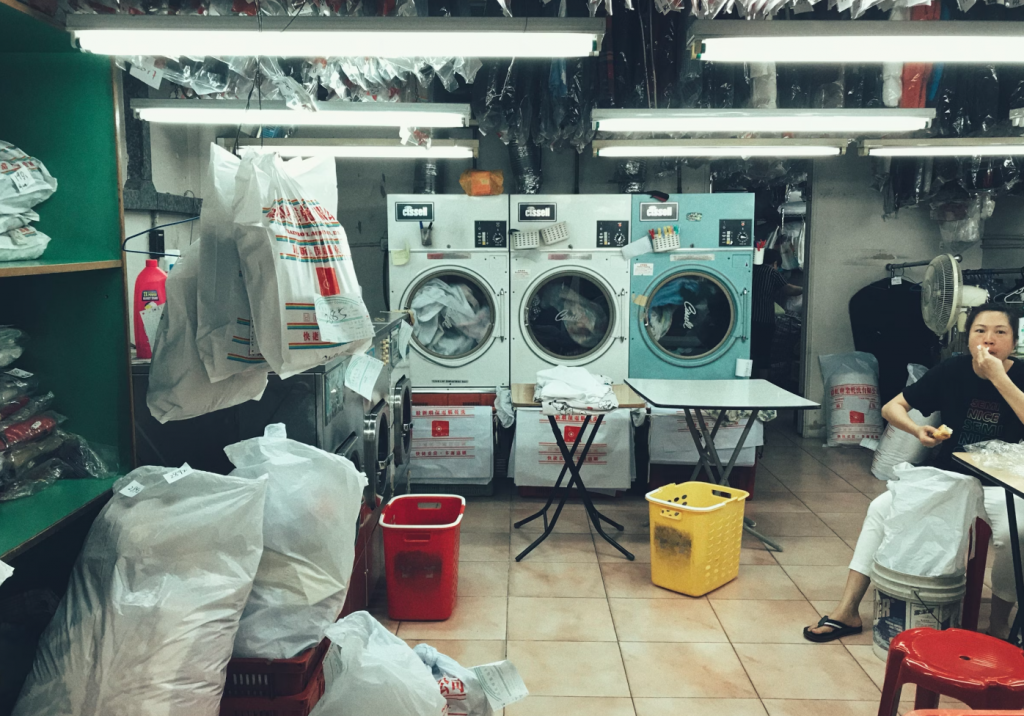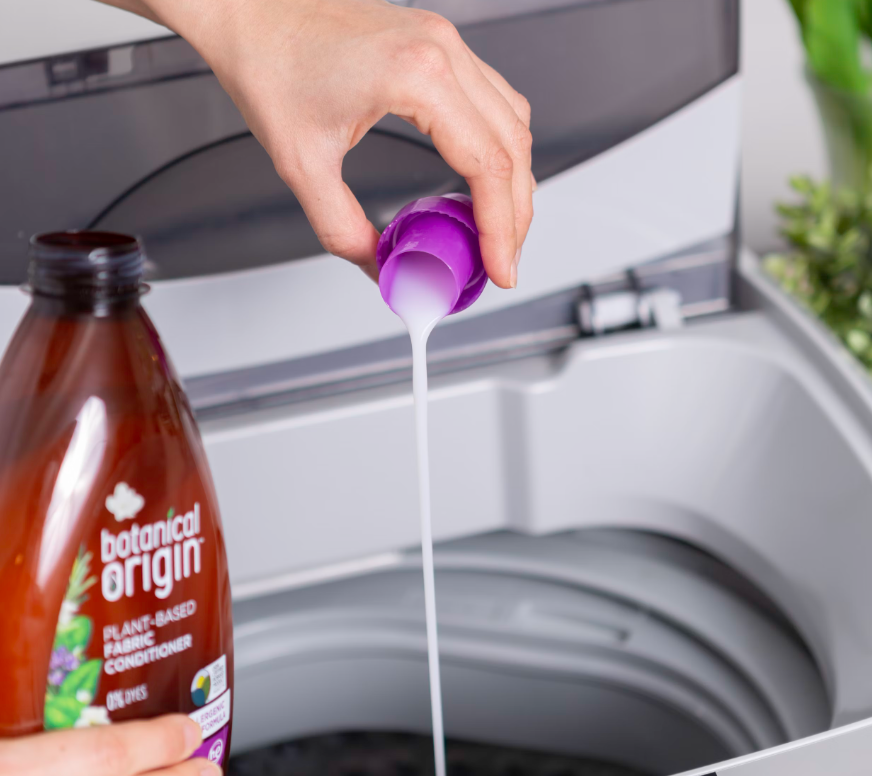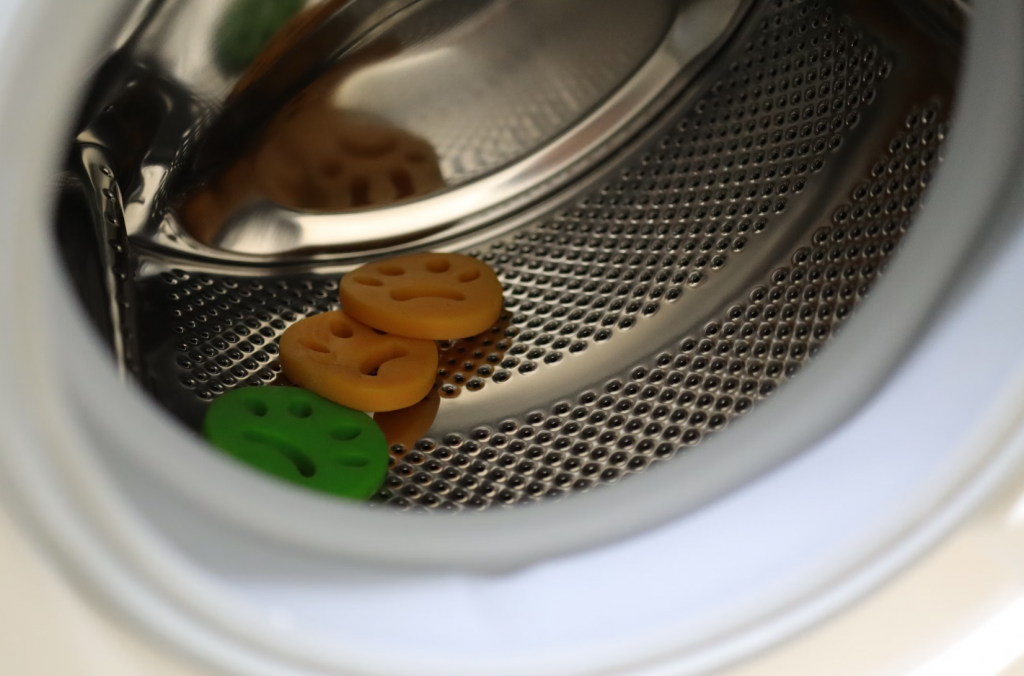Why Does Your Washing Machine Smell?
Washing machines are the workhorses of our home, helping us tackle laundry day with ease. However, over time, a common problem emerges: a bad smell. But why does your washing machine start to smell, and what can you do about it?
Bacteria and Mold Growth
The most common cause of a stinky washing machine is the growth of bacteria and mold. These microorganisms thrive in the warm, damp environment inside your washer, especially in the rubber seals or inside the drum. When clothes are washed, moisture can get trapped in these hidden places, creating the perfect breeding ground for bacteria that produce foul odors.
Detergent Build-Up
Another culprit behind a smelly washer is detergent and fabric softener residue. While these products are designed to clean your clothes, they can sometimes build up in your washing machine. This residue, along with grime and lint, can easily turn into a stinky mess if left unchecked.
How Often Should You Clean Your Washing Machine?
You might be wondering, “How often should I clean my washing machine?” While there’s no one-size-fits-all answer, regular maintenance can prevent unpleasant smells and keep your washer running efficiently.
The Ideal Cleaning Schedule
Generally, it’s a good idea to give your washing machine a deep clean every month. However, if you notice a smell or your washer isn’t cleaning clothes as well as it used to, you may need to clean it more frequently. The door seal, detergent drawer, and drum should be cleaned at least once a month to prevent build-up.
Step-by-Step Guide to Cleaning Your Washing Machine
Cleaning your washing machine is straightforward and doesn’t require expensive products. Here’s a simple, step-by-step guide to help you banish that gross smell once and for all.
Clean the Drum
To start, you need to clean the drum of the washing machine. If your machine has a self-cleaning cycle, use it. Otherwise, you can add two cups of white vinegar directly into the drum. Run the machine on the hottest cycle, allowing the vinegar to remove any mold, mildew, or detergent build-up.
Clean the Door Seal
The rubber door seal is a notorious place for bacteria and mold to accumulate. Wipe it down with a cloth soaked in a vinegar-water solution. Make sure to clean the folds of the rubber, where moisture and grime like to hide.
Clean the Detergent Drawer
Detergent residue often accumulates in the detergent drawer, contributing to a musty smell. Remove the drawer and wash it under warm water. If there’s any build-up, scrub it with a brush. For a deep clean, you can soak it in a vinegar solution.
Run a Cleaning Cycle
Once the drum, seal, and drawer are cleaned, run another hot cycle with just vinegar or a mixture of baking soda and water. This step will help flush out any remaining residue and neutralize odors. It’s an essential part of the cleaning process, ensuring your washer is thoroughly refreshed.
Natural Cleaning Solutions for a Smell-Free Washer
You don’t need to rely on harsh chemicals to clean your washing machine. Many natural alternatives can do the job just as effectively, and they’re much safer for you and the environment.

Vinegar and Baking Soda
Vinegar and baking soda are two of the most powerful natural cleaners out there. They work together to break down grime, mold, and detergent build-up while also neutralizing odors. Simply add two cups of vinegar to the drum, followed by half a cup of baking soda. Run a hot cycle, and your washer will smell as fresh as new.
Essential Oils for Freshness
For an extra burst of freshness, add a few drops of your favorite essential oil, like lavender or tea tree oil, to the drum. Essential oils have natural antimicrobial properties and can leave your washer smelling amazing after each use.

Preventative Tips to Avoid Smelly Washers
Now that you know how to clean your washing machine, here are some simple steps you can take to prevent future odors from developing.
Leave the Door Open
After each wash, leave the washing machine door open to allow air to circulate and dry out any remaining moisture. This will help prevent the growth of mold and bacteria inside the washer.
Use Less Detergent
Using too much detergent can lead to residue build-up in your washing machine. Follow the manufacturer’s instructions regarding the correct amount of detergent for your load size. If your clothes are particularly dirty, consider running an extra rinse cycle.

Conclusion
Cleaning your washing machine might seem like a hassle, but it’s crucial for maintaining the efficiency of your appliance and keeping your laundry fresh. By following these simple steps and using natural cleaning solutions, you can ensure that your washing machine remains free of bad odors and functions like new. Don’t forget to establish a regular cleaning schedule and practice preventative measures to keep your washer in tip-top shape.
FAQs
- How do I get rid of mold in my washing machine?
- Use a vinegar-water solution to clean the rubber seals and drum. A hot wash cycle with vinegar will also help remove mold.
- Can I use bleach to clean my washing machine?
- Yes, bleach can be used, but it’s best to alternate with vinegar to avoid damage to your washer.
- How can I keep my washing machine smelling fresh?
- Leave the door open after each wash and avoid overloading the washer. Regularly clean the drum, door seal, and detergent drawer.
- Why does my washing machine smell even after cleaning it?
- If your machine still smells after cleaning, it may indicate deeper issues like a clogged drain or broken seal that requires professional attention.
- Can I use essential oils in my washing machine?
- Yes, a few drops of essential oil in the drum can help keep your washing machine smelling fresh and help fight bacteria.


